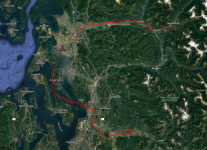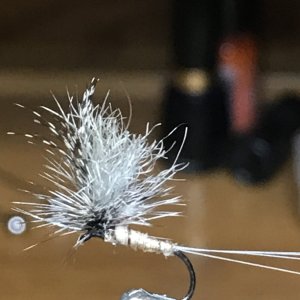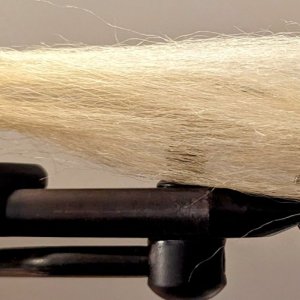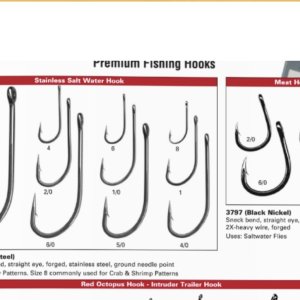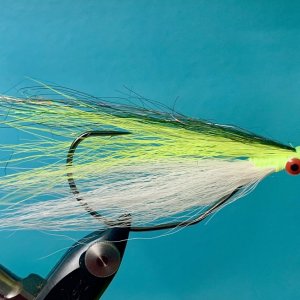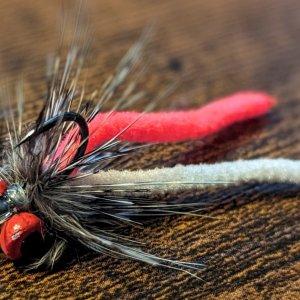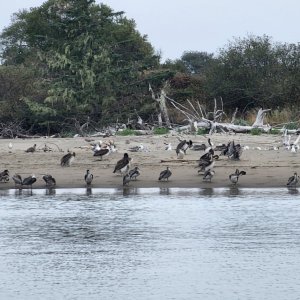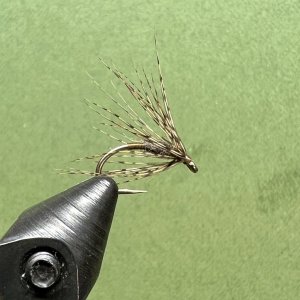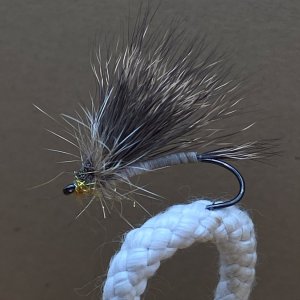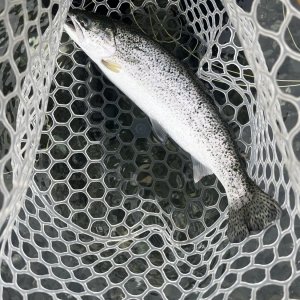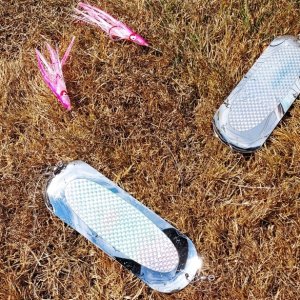I want to do the Eagle float on the Skagit, but not pay an arm and a leg for it. I've done it before from a raft, and it looked easy, but rivers can change and i wasn't on the sticks and this was years ago. From the times I have been up on the Skagit this looks doable in a canoe, or in my sit inside single (native watercraft 12- more of a single canoe than a kayak) or Tandem kayak (LLbean double manatee). But for you guys who have floated/know this stretch, would this be ill-advised? I am very competent at paddling, risk averse and don't see any obvious traps or rapids that should give me pause. In the double I often take my son, who can't paddle, in general navigating a strong tidal current on this tandem is easy, with an even weight distribution it rides like a champ, but a river might be a mite different....
Is this a bad idea?
Is this a bad idea?

